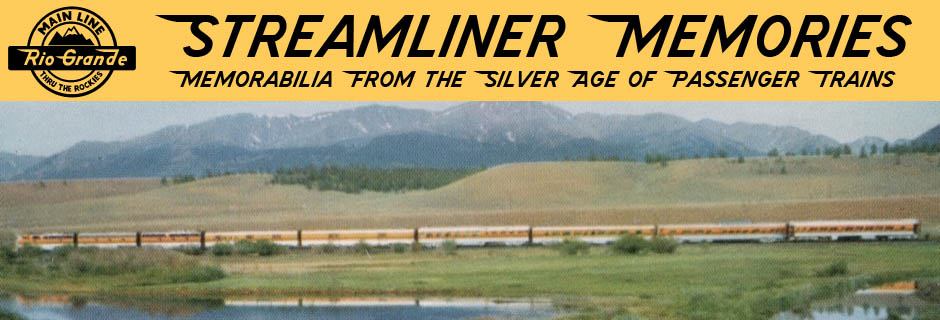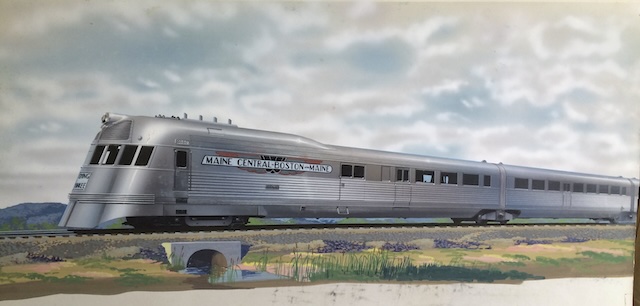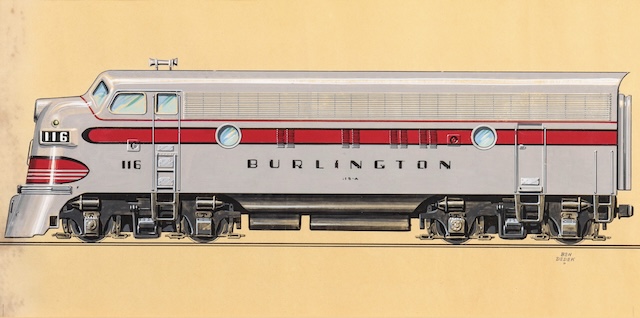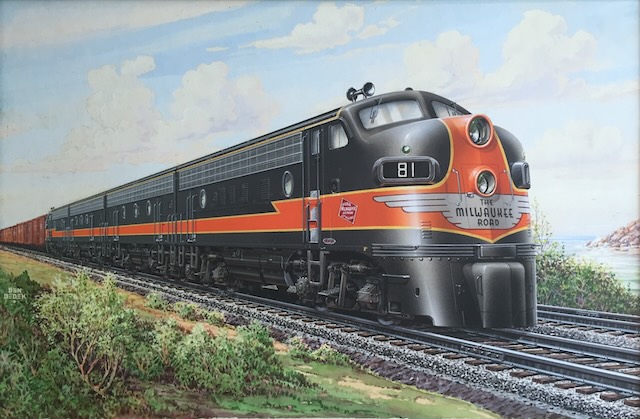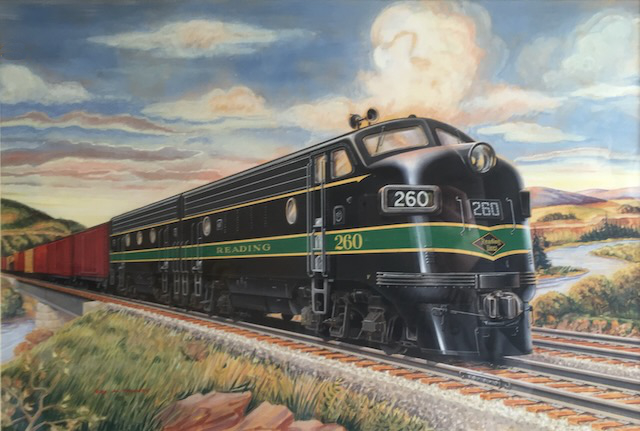Even though General Motors’ customers for Diesel locomotives were railroads and not the general public, the company still frequently advertised the locomotives in popular magazines such as The Saturday Evening Post, Holiday, and National Geographic. It also published a few booklets about the locomotives aimed at the general public.
 Click image to download a 1.3-MB PDF of this booklet.
Click image to download a 1.3-MB PDF of this booklet.
This 1948 booklet says that passenger trains hauled by Diesels enjoy faster schedules, quiet, restful rides, no annoying smoke, smooth starts and stops, and more reliable operation. Unfortunately, the booklet provided by Greg Palumbo has only six pages, which means two seem to be missing. But it is still an important indicator of General Motors’ push into the Diesel locomotive business. Continue reading
